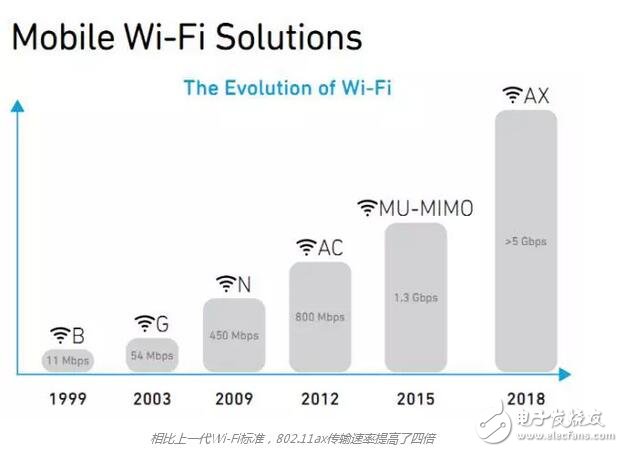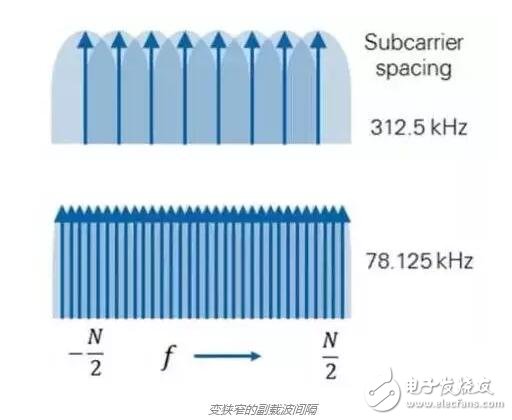Imagine the following scenario: When you attend a huge press conference, an exciting news point suddenly appears, so you flash a lot of photos ready to send to a circle of friends. Unfortunately, almost everyone is doing this at the same time, and the Wi-Fi network at the venue has become slower than the oxcart. As a last resort, you have to disconnect the free Wi-Fi link and switch to the paid 4G traffic, even if the total size of those photos may be as high as hundreds of M - there is really no time for the Wi-Fi network speed to return to normal levels, after all, In a few moments, the news can be old.
Why does Wi-Fi fall off the chain when it reaches an important moment? Because this is due to the 802.11ac feature. 802.11ac certainly provides very fast links, but this performance is usually more effective in low-density user environments, and in a very dense user environment, the actual data throughput that 802.11ac can provide is significantly reduced. Therefore, the new generation of Wi-Fi standard 802.11ax standard has been changed, the purpose is to improve the data throughput in the crowded network space. So what are the important changes that 802.11ax has made to improve data throughput, while increasing the data throughput in congested cyberspace, while also increasing the transmission rate by a factor of four over the previous generation Wi-Fi standard?

Efficient PHY mechanism
The new Wi-Fi specification has brought significant changes to the physical layer of 802.11ax. However, the specification is still backward compatible with 802.11a/b/g/n and /ac devices, so 802.11ax STAs can send or receive data with and from legacy STAs. These legacy customers are also able to demodulate and decode 802.11 ax packets (but not the entire 802.11ax packet) headers and backoffs when transmitting 802.11ax STAs.

The 802.11ax standard will regulate 2.4 GHz and 5 GHz bandwidth. This standard clearly defines a four times larger FFT, multiplied by the number of subcarriers. However, an important change provided by the 802.11ax standard is that the subcarrier spacing is reduced to a quarter of the subcarrier spacing in the previous 802.11 revision, while preserving the existing channel bandwidth.

OFDM (Orthogonal Frequency Division Multiplexing) symbol duration and cyclic prefix have also increased fourfold, and the original link data rate remains the same as 802.11ac, but improves efficiency and robustness in indoor/outdoor and hybrid environments. However, this standard does specify a 1024-QAM and a lower cyclic prefix ratio in an indoor environment, which will increase the maximum data rate.
300 Puffs Disposable ecig CBD Vape have a completely enclosed design, reducing the need for charging and replacing cartridges. The no-charge design also reduces the occurrence of faults. It is understood that with rechargeable e-cigarettes, each cartridge needs to be charged at least once and the battery efficiency is extremely low, while the design of disposable ecig can solve this problem very well.
300 Plus Puff E-Cigarette,300 Plus Puff E-Cigarette For Sale,Best 300 Plus Puff E-Cigarette,Best 300 Plus Puff E-Cigarette For Sale
Shenzhen E-wisdom Network Technology Co., Ltd. , https://www.healthy-cigarettes.com